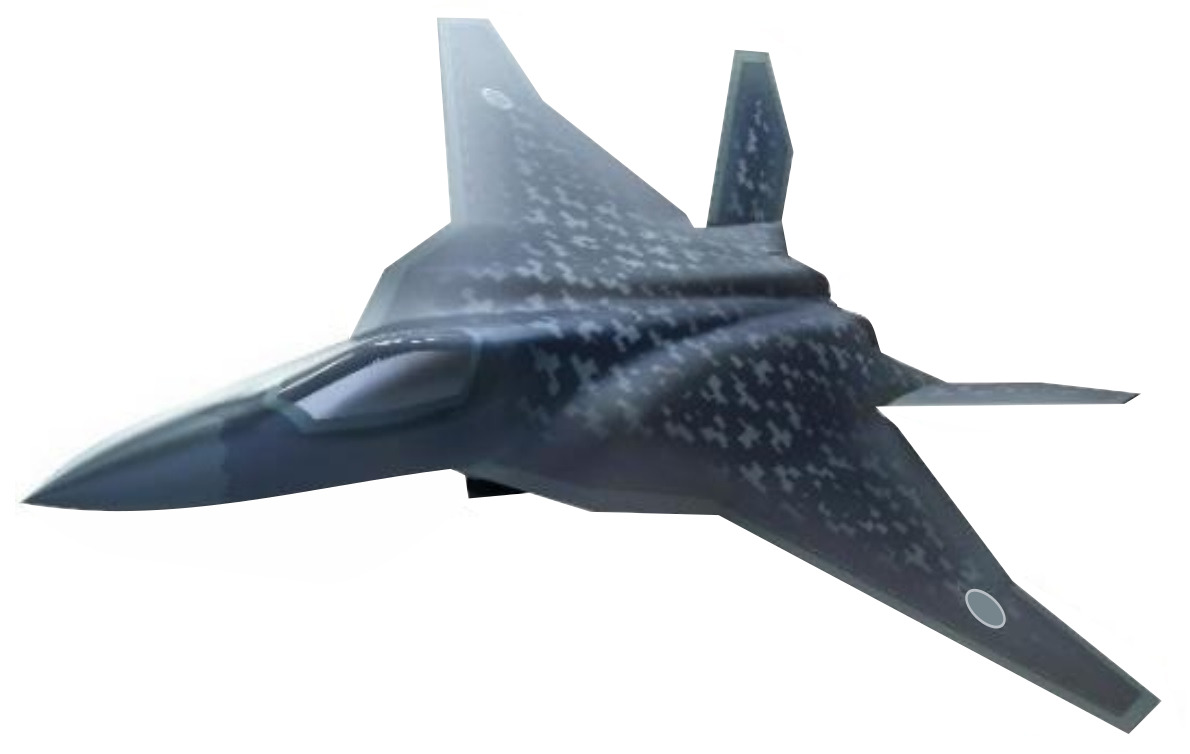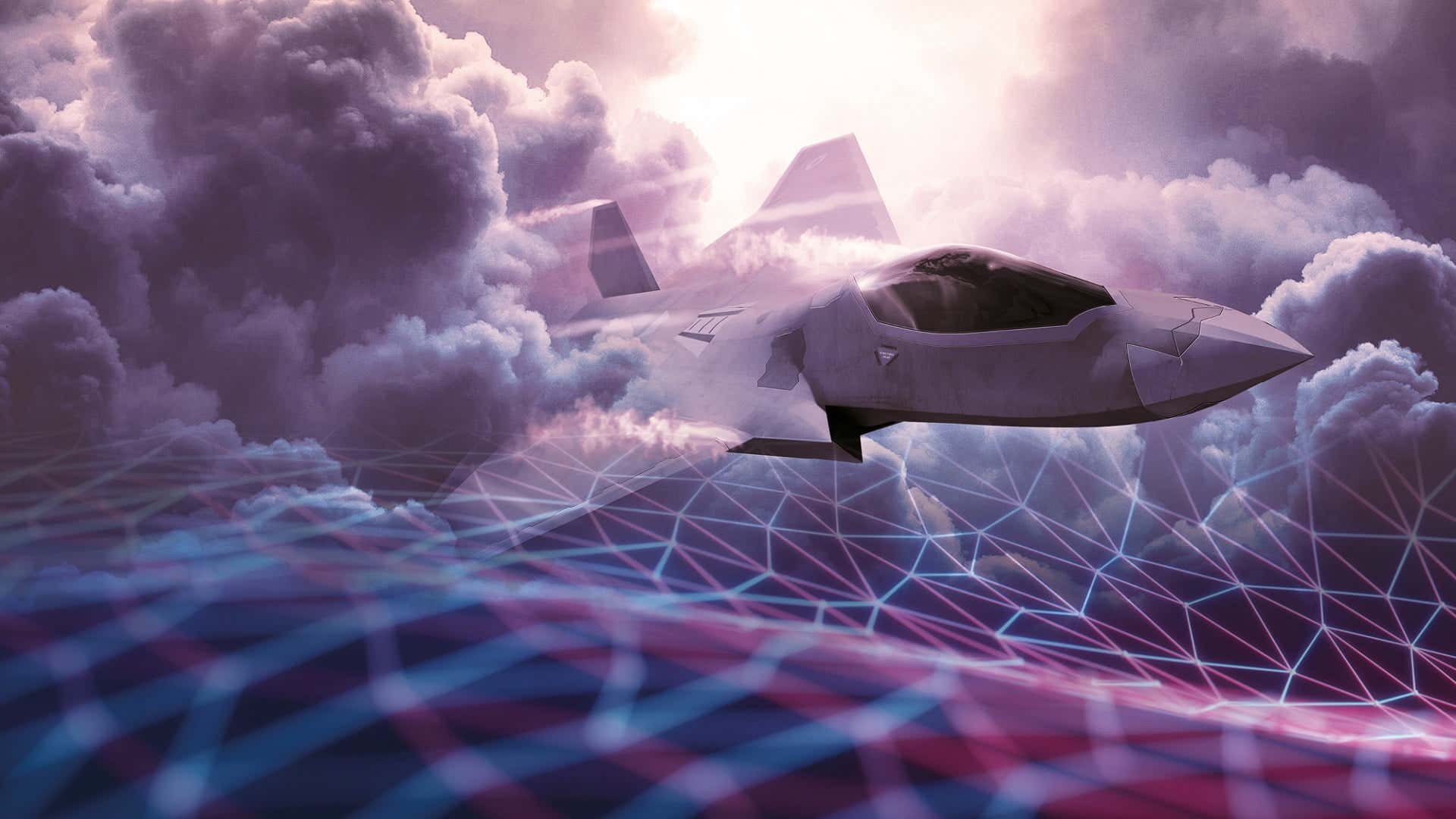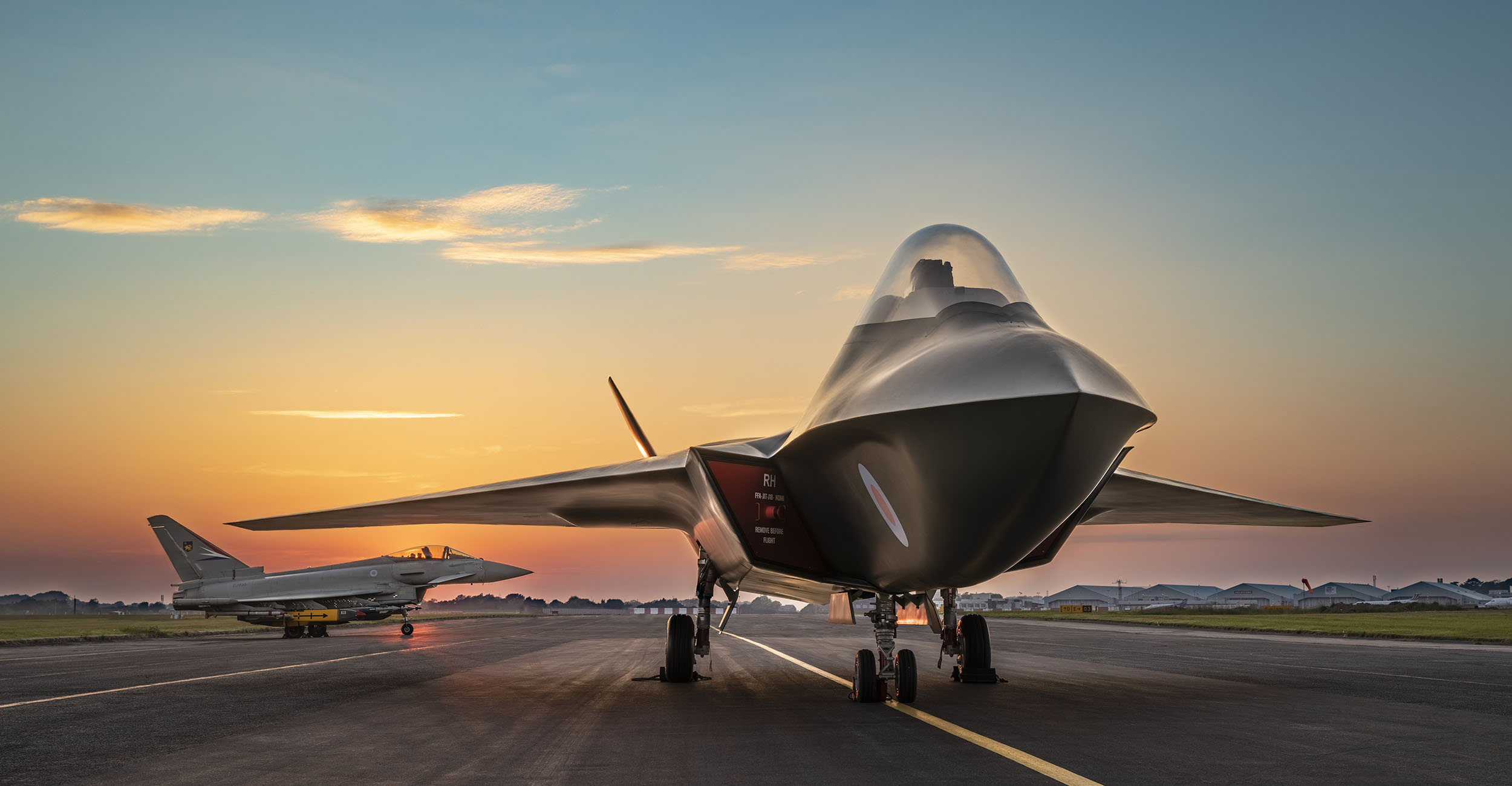Japan is reportedly finalizing its policy on how to jointly develop the jet engine of its future F-X fighter jet with the UK.
Earlier, it was reported that the government is in the final stages of negotiation with Japan’s IHI Corp. and British company Rolls-Royce to collaborate on an engine for the Air Self-Defense Force’s next-generation fighter plane.
Now Japan’s Yomiuri news reports that the government wishes to have a framework on cooperation established before March next year. The report further claimed that the UK will help Japan to develop the air intake port for jet engines, as well as the part surrounding the exhaust port since it is closely related to the fighter’s performance.
Government officials have reportedly stated that a prototype will be built starting in 2026, with flight tests set to begin in the 2030s, as per Yomiuri.
In June 2021, Japanese News outlet Asahi quoted a Japanese government official as saying, “Collaborative development of engines is likely to lead to mass production. It will pave the path for future cost reductions and exports.”
The United Kingdom and Japan are strengthening defense collaboration, such as joint training, and would like to deepen their relationship in engine development, he added.
Mitsubishi Heavy Industries Ltd., which is in charge of the new jet’s airframe design and system development, is receiving technical assistance from Lockheed Martin, the US company behind the cutting-edge F-35 stealth fighter.

The government intends to use Japanese, British, and American technologies in the development of the jet that would replace the F-2 fighter. Lockheed Martin Corp. of the United States has already been chosen to work on F-X’s stealth technology.
Mitsubishi Heavy Industries (MHI) was also believed to be in discussions with Northrop Grumman and BAE about receiving help for the development of sensor fusion data-linking and developing electronic warfare technologies from the latter. The Japanese companies involved in the project are IHI corporation, Toshiba, Fujitsu, Subaru, and Mitsubishi Electric.
Britain and Japan are teaming up to develop the engine for the new Japanese F-X stealth fighter.https://t.co/wATxvHd69Y
— UK Defence Journal (@UKDefJournal) August 5, 2021
IHI corporation has been testing the XF9-1 low-bypass turbofan engines, which have novel high-strength lightweight components that represent a breakthrough in metallurgical research, allowing the engine to withstand temperatures of up to 1,800 degrees Celsius.
The engine for the Maritime Self-Defense Force’s P-1 maritime patrol aircraft was also developed by the same firm.
The F-2 aircraft will be replaced by the next-generation fighters, which are scheduled to be introduced in the mid-2030s. However, the task at hand was to establish a framework for international cooperation in order to reduce development costs and strengthen capabilities.
The F-X Program
The next-generation F-3 or F-X is Japan’s first domestically developed stealth fighter jet and will replace the Mitsubishi F-2. It will be a twin-engine fighter capable of mounting six internal weapons. As previously reported by The Eurasian Times, the fighter jet will complement the lighter F-35 jets.

The F-3 is designed to close the gap between China and Russia, both of whom have produced and deployed advanced aircraft in the region. China, according to current estimates from Japan’s Ministry of Defense, has around 1,000 “fourth generation” fighters at its disposal.
On October 30, Tokyo declared that the sixth-generation F-X program is one of the top priorities for then-Prime Minister Yoshihide Suga and his cabinet. Production will begin in 2031, with deployment following in 2035.
#Japan reveals digital development plan for F-X fighter https://t.co/DamstK0Box #FXfighteraircraft @ModJapan_en #defence #aircraft pic.twitter.com/KTOOdDv2te
— Janes (@JanesINTEL) June 22, 2021
The control surfaces of the F-X will be electronically actuated. Although space inside the airframe will be limited in order to maintain a low radar profile, traditional hydraulic systems will be employed sparingly.
It will also have a fiber-optic flight control system (sometimes known as a “fly-by-light” system) and serpentine air intakes to help lower its radar cross-section and heat signature while flying. Heat shields and an integrated bonded structure made of composite materials are also expected to be included with the F-X.

One of the reasons behind the program is the necessity for an aircraft that can carry more armaments than the Japanese F-35s can, considering that China and Russia are already ahead in this regard.
Six missiles can be carried in the internal bays of the Russian Su-57 and Chinese J-20 stealth fighters. Another Lockheed Martin aircraft, the US F-22 Raptor, can carry eight missiles.
UK-Japan Defense Partnership
As previously reported by EurAsian Times, Japan could be the next partner in the UK-Swedish-Italian FCAS program, which is being built by BAE, Saab, and Leonardo. By 2035, the UK-led Tempest program hopes to have a core fighter and a range of additional technology on the ground.
“We’ve engaged in negotiation, conversations, and some experimental projects,” Air Commodore Johnny Moreton, the UK’s program director, was reported as saying. At the moment, nothing is overly complicated. We’re currently working on a collaborative engine viability study with Japan, that’s quite exciting.

Additionally, the United Kingdom and Japan are also working together to build an advanced version of a long-range air-to-air missile. In addition, Rolls-Royce has proposed that the F-X and Tempest programs, which are on fairly parallel timelines, can collaborate on the development of a single-engine type.
The UK and Japanese governments previously mentioned an ambitious prospective cooperative project ‘Jaguar’ on February 2nd, which Tokyo had briefly discussed in Japanese text in 2018. It’s a universal radio-frequency (RF) system, according to the official description.
It’s most likely for the Japanese F-X and the UK-led Tempest fighter programs. Furthermore, Japan and the UK announced in September that they were collaborating on strong radar technology.
Despite the fact that Rolls-Royce is one of the world’s major aero-engine manufacturers, the company could also learn something from Japan’s program. Japan has been focusing on discovering materials that can withstand extremely high temperatures, which would enhance efficiency, as well as squeezing down the diameter of a fighter engine to reduce drag, in preparation for the F-X program.
- Contact the author at ashishmichel@gmail.com
- Follow EurAsian Times on Google News




